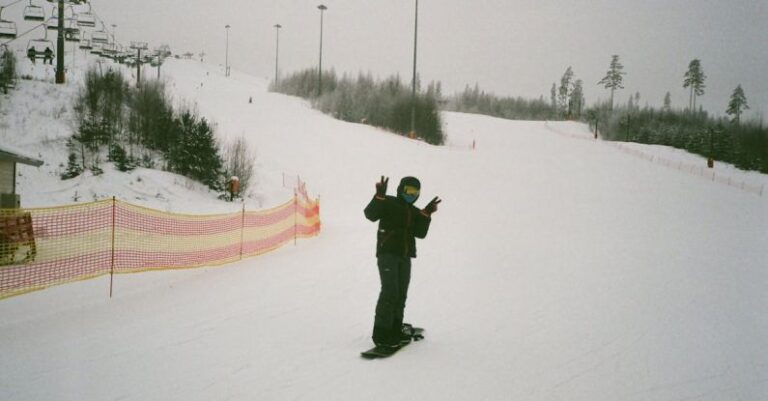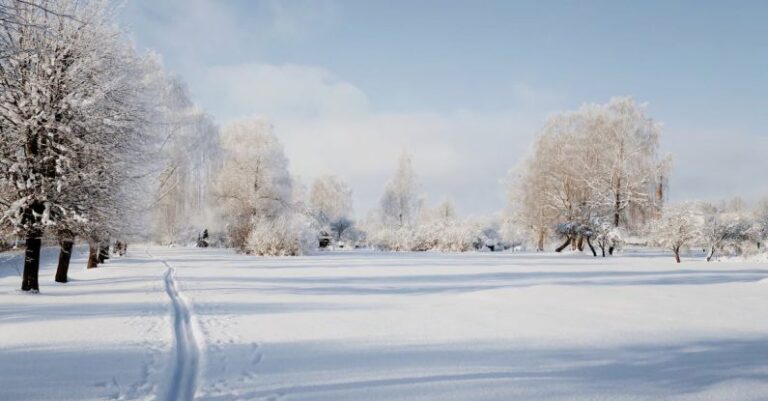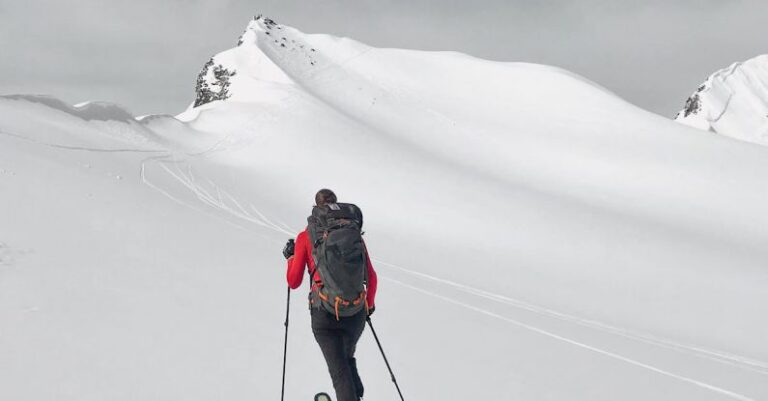
Navigating in the backcountry can be a thrilling and rewarding experience for outdoor enthusiasts. Whether you are hiking, camping, or backpacking, being able to find your way in the wilderness is a crucial skill to have. In this article, we will explore some essential tips and techniques to help you navigate safely and confidently in the backcountry.
Understand Your Map and Compass
One of the most fundamental tools for backcountry navigation is a map and compass. Before heading out, take the time to familiarize yourself with your map and understand how to read it. Identify key landmarks, such as mountain peaks, rivers, and trails, that can help you orient yourself in the terrain. Additionally, practice using a compass to determine your direction and navigate along a bearing.
Utilize Landmarks and Natural Features
In the backcountry, natural features can serve as valuable navigation aids. Keep an eye out for prominent landmarks, such as rock formations, lakes, or valleys, that can help you stay on course. By continuously referencing these features on your map, you can maintain your bearings and track your progress as you move through the wilderness.
Pay Attention to Your Surroundings
Being aware of your surroundings is essential for successful navigation in the backcountry. Take note of changes in the terrain, vegetation, and weather conditions, as these can all provide valuable clues about your location. Listen for sounds of running water or wildlife, which can help you pinpoint nearby rivers or trails. By staying observant and attuned to your environment, you can enhance your navigation skills and avoid getting lost.
Practice Dead Reckoning
Dead reckoning is a navigation technique that involves estimating your position based on your last known location and the distance and direction you have traveled. While not as precise as using a map and compass, dead reckoning can be a useful tool when navigating in areas without distinct landmarks or features. By keeping track of your pace count and direction of travel, you can make educated guesses about your current location and adjust your course accordingly.
Use GPS and Technology Wisely
While traditional navigation methods are essential skills to develop, modern technology can also be a valuable asset in the backcountry. GPS devices and smartphone apps can provide accurate positioning data, route tracking, and mapping capabilities to help you navigate more efficiently. However, it is important to remember that technology can fail or run out of battery, so always carry a map and compass as backups.
Stay on Trail and Plan Your Route
When hiking or backpacking in the backcountry, it is generally safer to stay on established trails whenever possible. Trails are often marked with blazes, cairns, or signs that can guide you along your route and prevent you from getting lost. Before setting out, plan your route carefully and familiarize yourself with key waypoints, junctions, and potential detours. By having a clear plan in place, you can navigate with confidence and minimize the risk of becoming disoriented.
Conclusion: Enhance Your Backcountry Navigation Skills
Navigating in the backcountry requires a combination of preparation, observation, and practice. By honing your map and compass skills, utilizing natural landmarks, and staying aware of your surroundings, you can navigate confidently in the wilderness. Remember to practice dead reckoning, use technology wisely, and plan your route in advance to enhance your backcountry navigation skills and ensure a safe and enjoyable outdoor experience. With these tips in mind, you can explore the beauty of the backcountry with greater confidence and independence.





